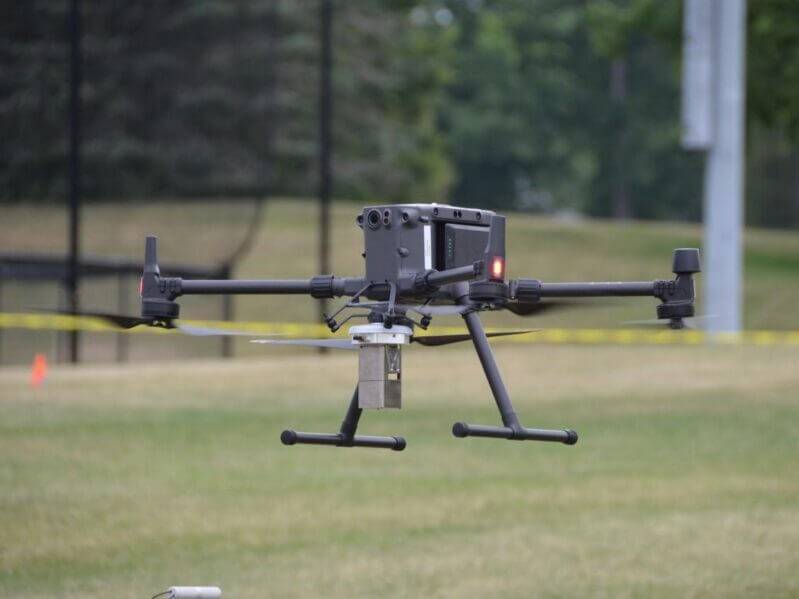The average person does not spend their time imagining a nuclear device going off in an American city, because it meets the very definition of “unthinkable.” But the Interaction of Ionizing Radiation with Matter University Research Alliance (IIRM-URA), led by Penn State, focuses on just that.
The IIRM-URA was formed to tackle some challenging science with a worthy goal: improve survivability and response in the case of a nuclear attack. The IIRM-URA consists of 15 universities, four national laboratories and two industrial companies. Penn State is the lead research organization, and the IIRM-URA is funded by the Department of Defense’s Defense Threat Reduction Agency.
Douglas Wolfe, professor of materials science and engineering, professor of engineering science and mechanics, and the head of the Metals, Ceramics and Coatings Processing Department of the Applied Research Laboratory, leads the efforts at Penn State.
“Our alliance researches how radiation and materials interact, with a goal of developing and integrating technology that will save lives and enable a better response to a nuclear attack,” Wolfe, who is also a professor of nuclear engineering and a professor of additive manufacturing and design, said. “We focus around three research areas, and also are working to create a diverse student pipeline to create a strong workforce that will develop and implement vital national security solutions.”
The three cross-cutting research areas include materials, devices and integration, and survivability and response.
In the first research area, researchers work to develop new materials for devices that can survive a nuclear attack by examining how ionizing radiation from a nuclear device interacts with various materials. This involves disciplines such as materials physics and chemistry, material genomics for rapid material development, and machine learning.
“We are looking at using new materials to help develop devices that can meet several metrics, such as energy resolution, response time, cost, volume, manufacturability and ruggedness,” Wolfe said.
This builds into the second research area: devices and integration, which includes engineering solutions to the major challenges facing the construction of integrated devices across multiple detection systems, with a specific focus on photodetectors, detector electronics and signal processing. These devices can allow the detection of dirty bombs to enable law enforcement or military groups to react and neutralize the threat.





